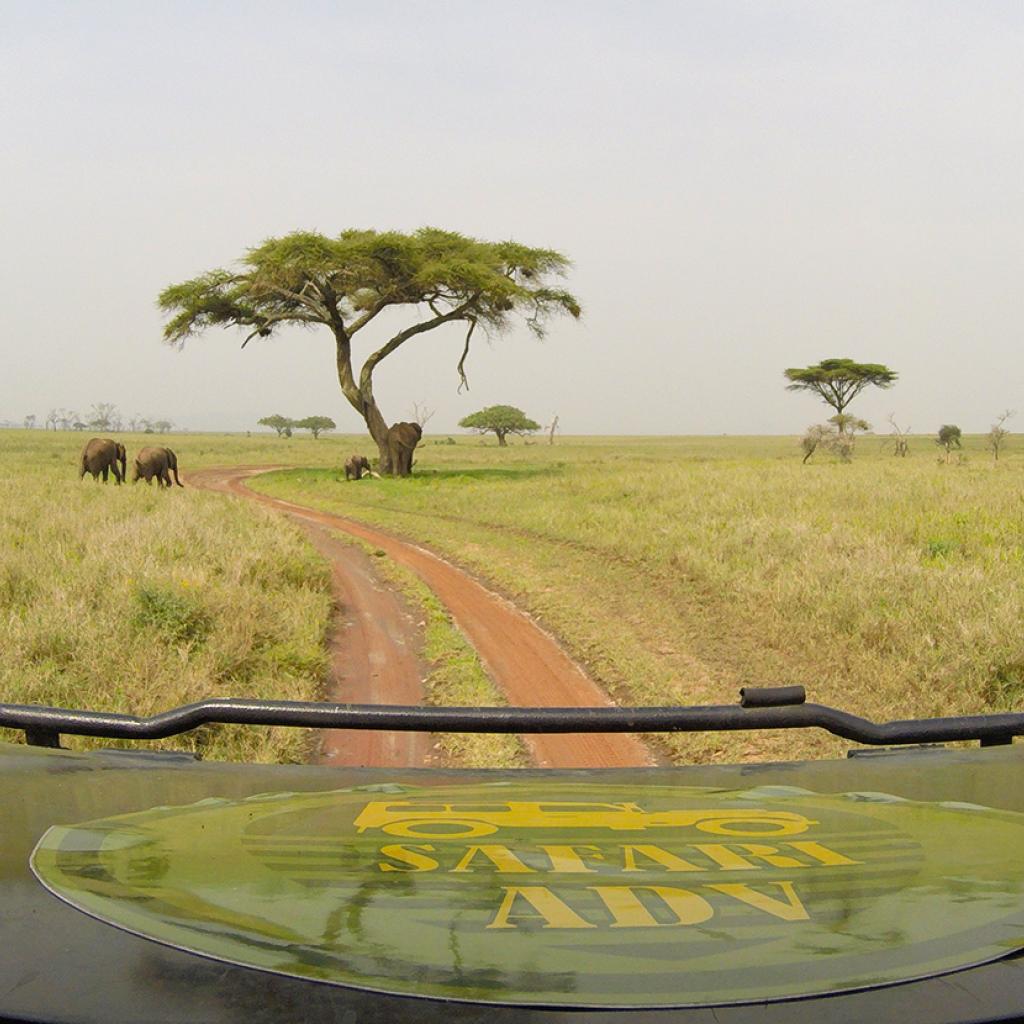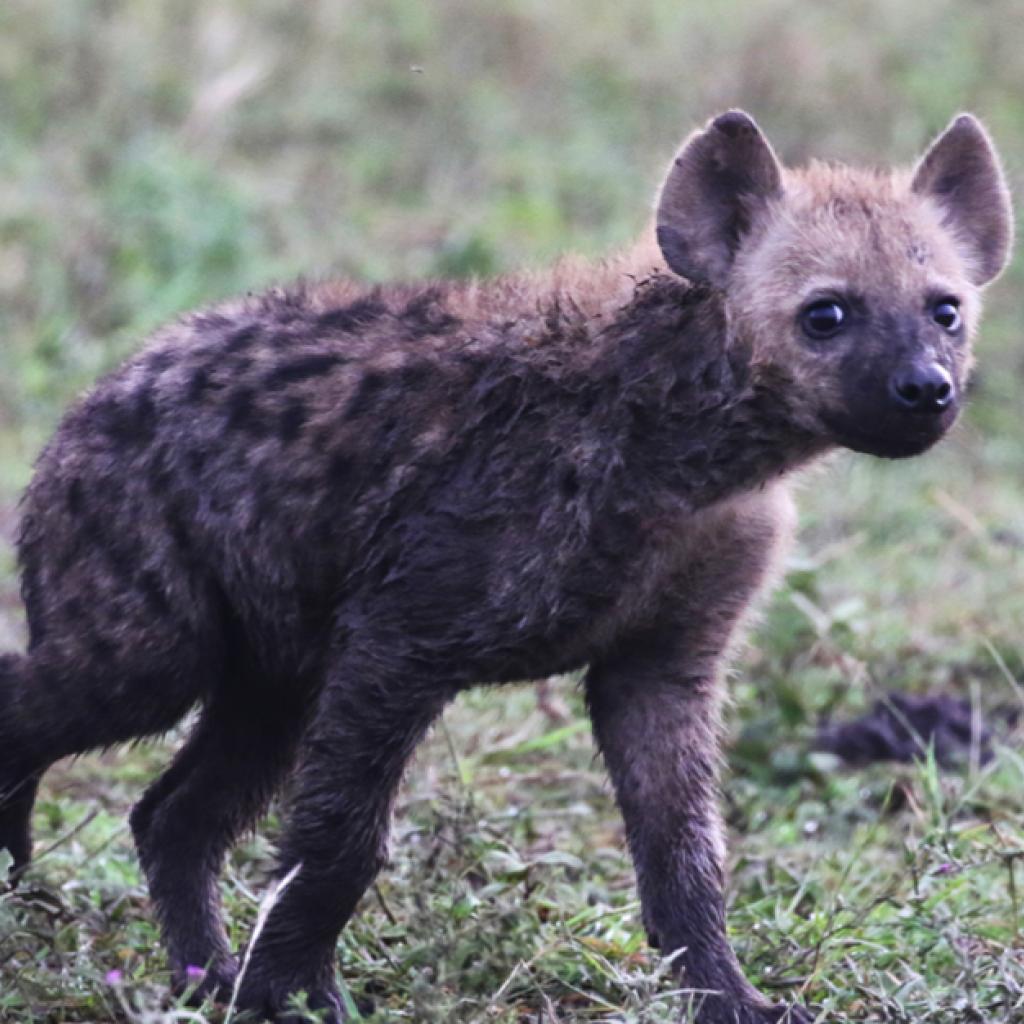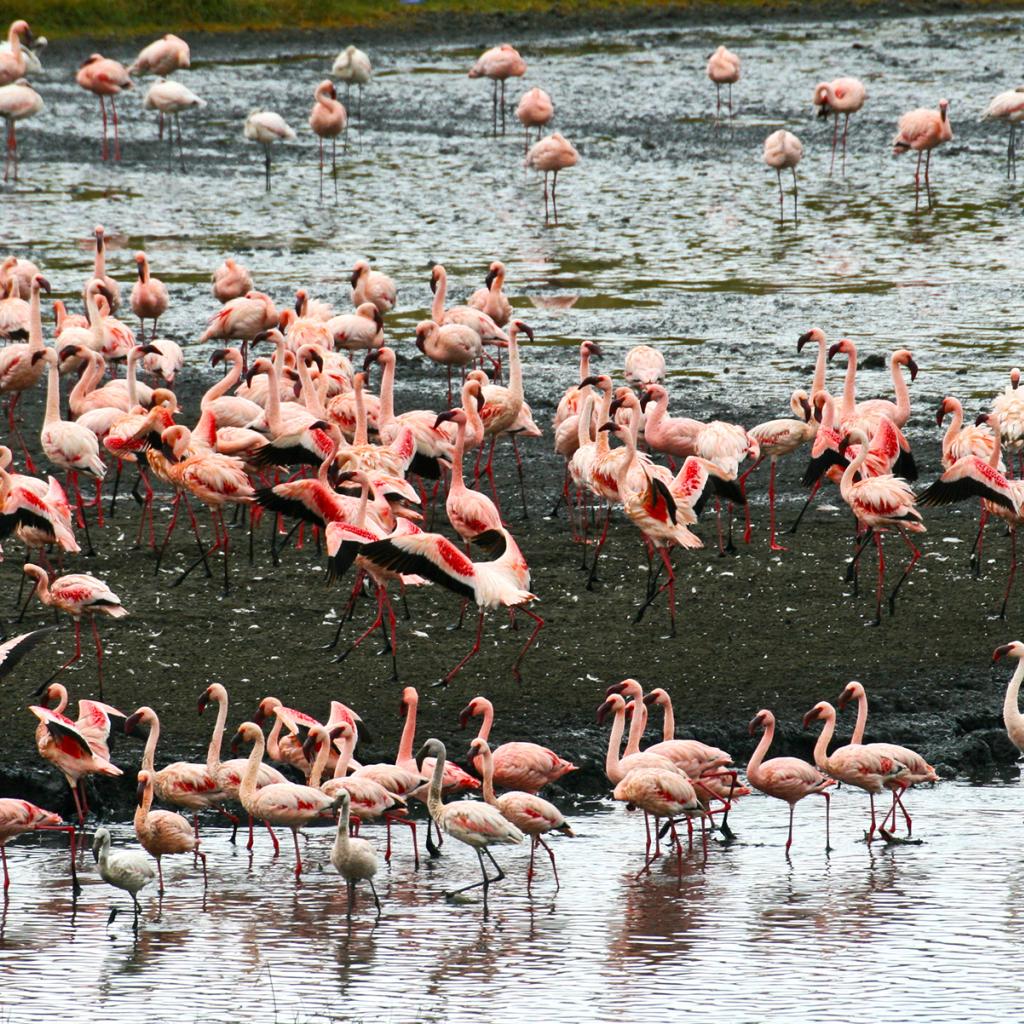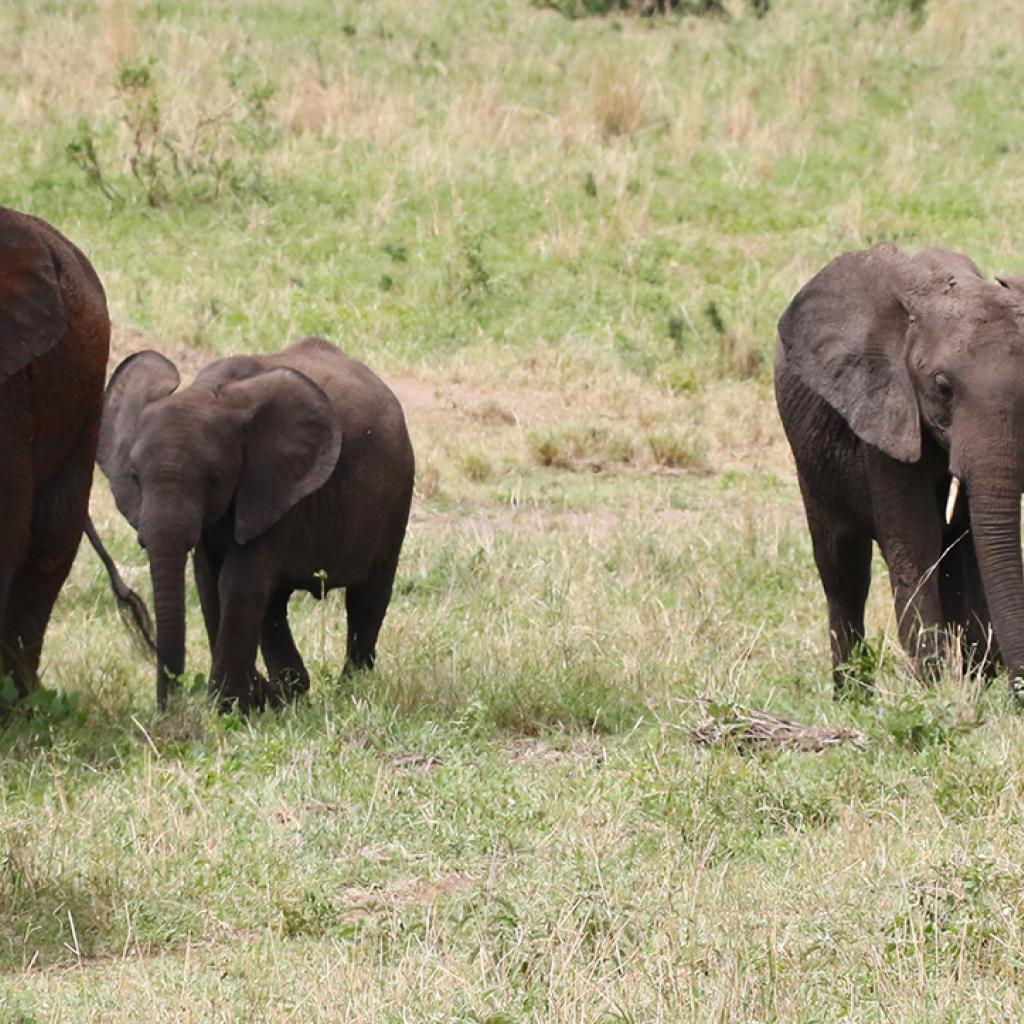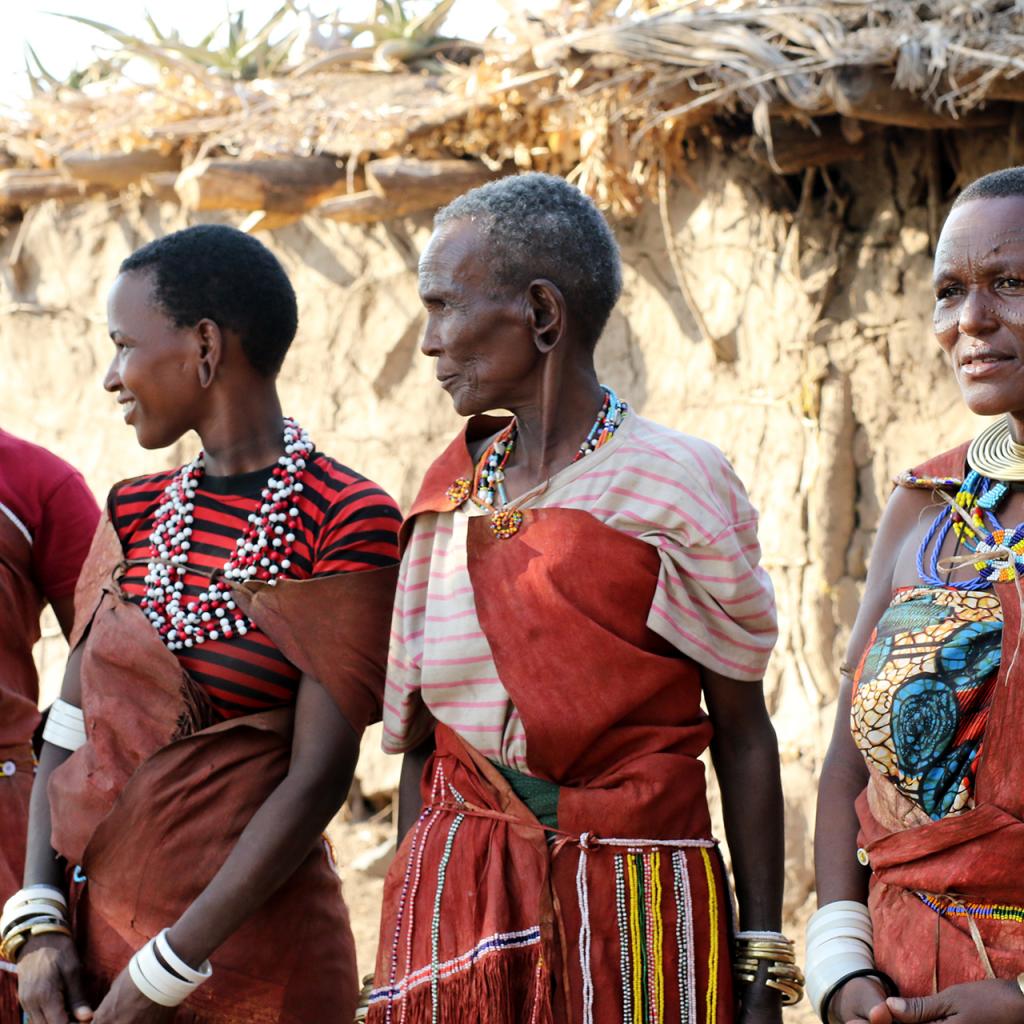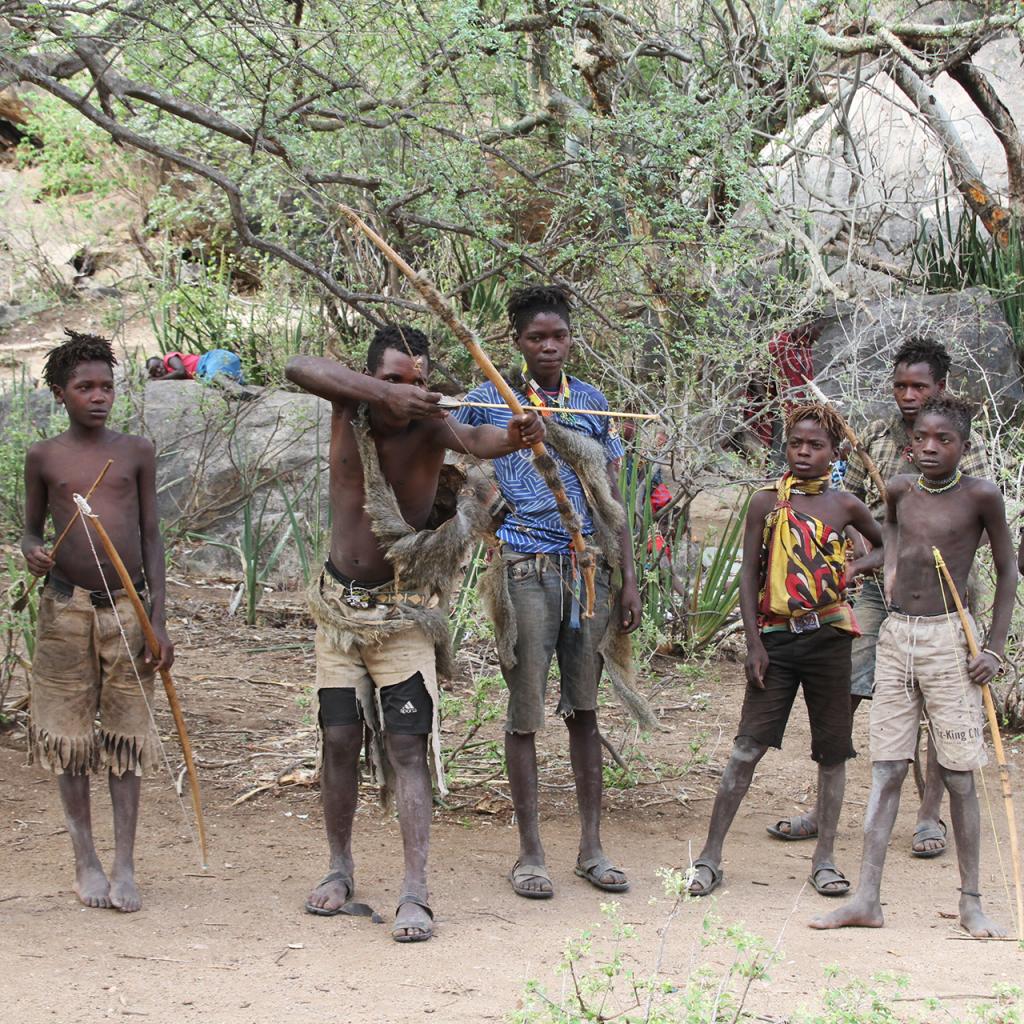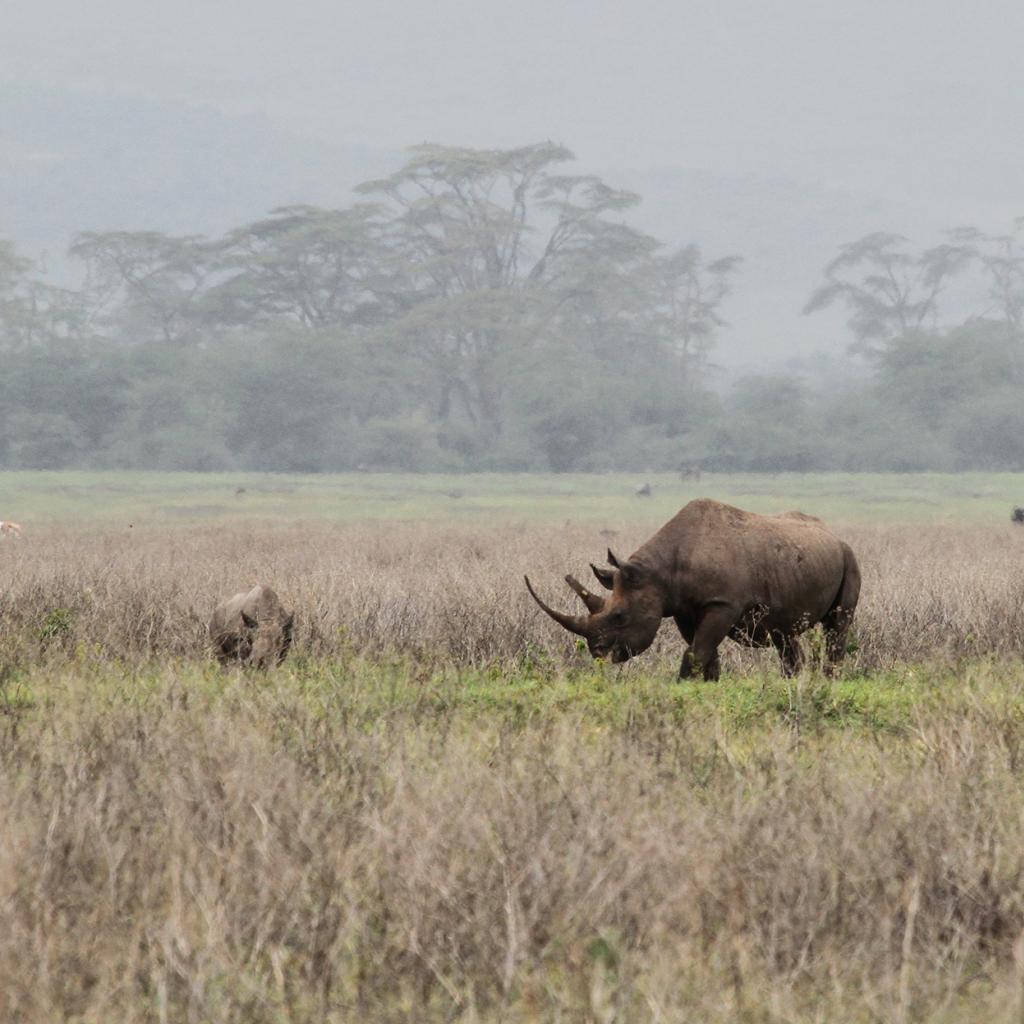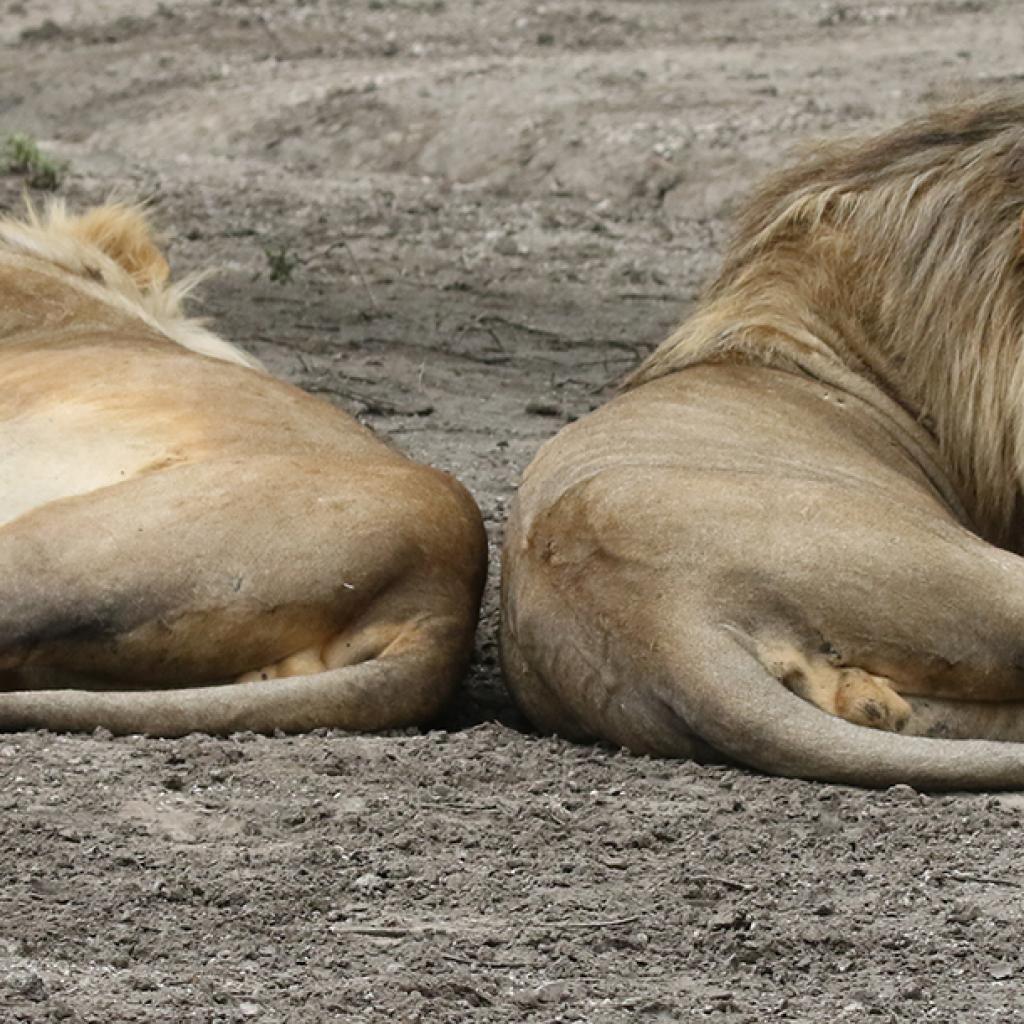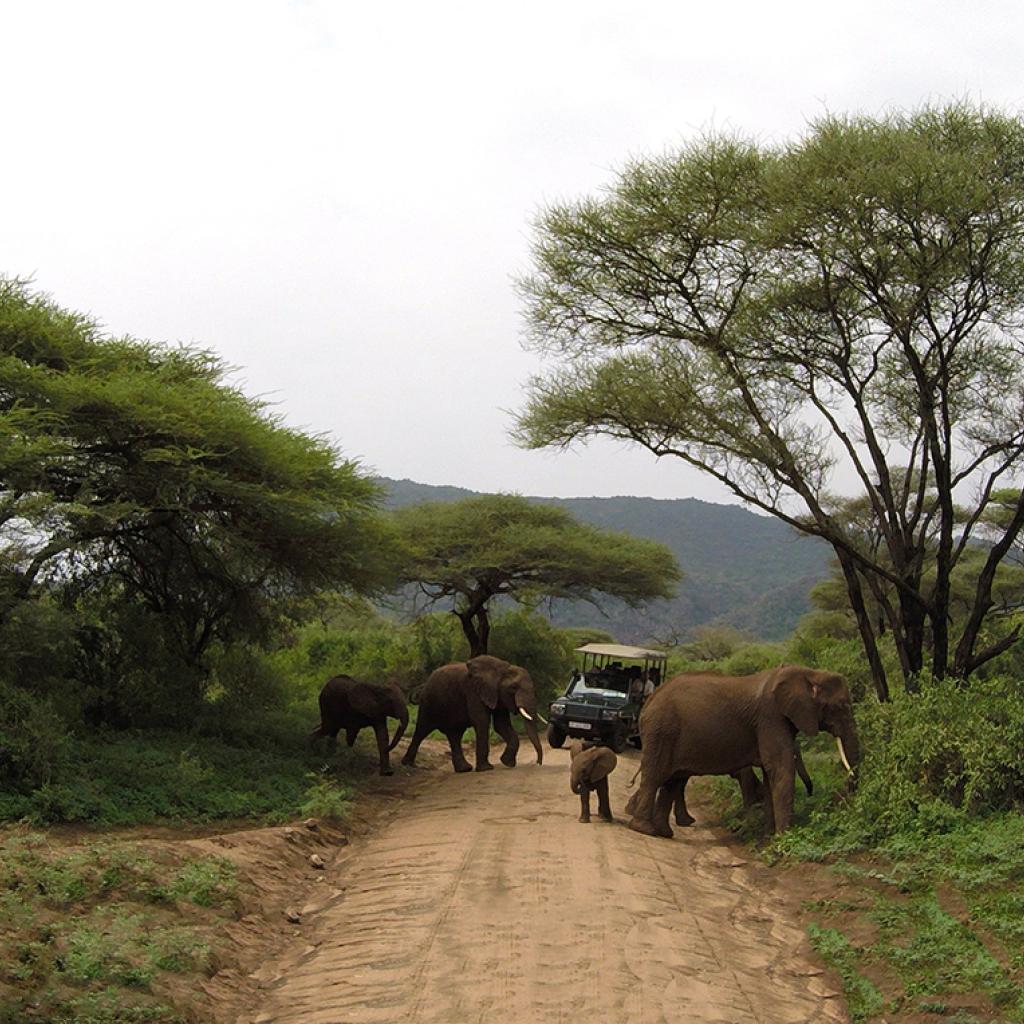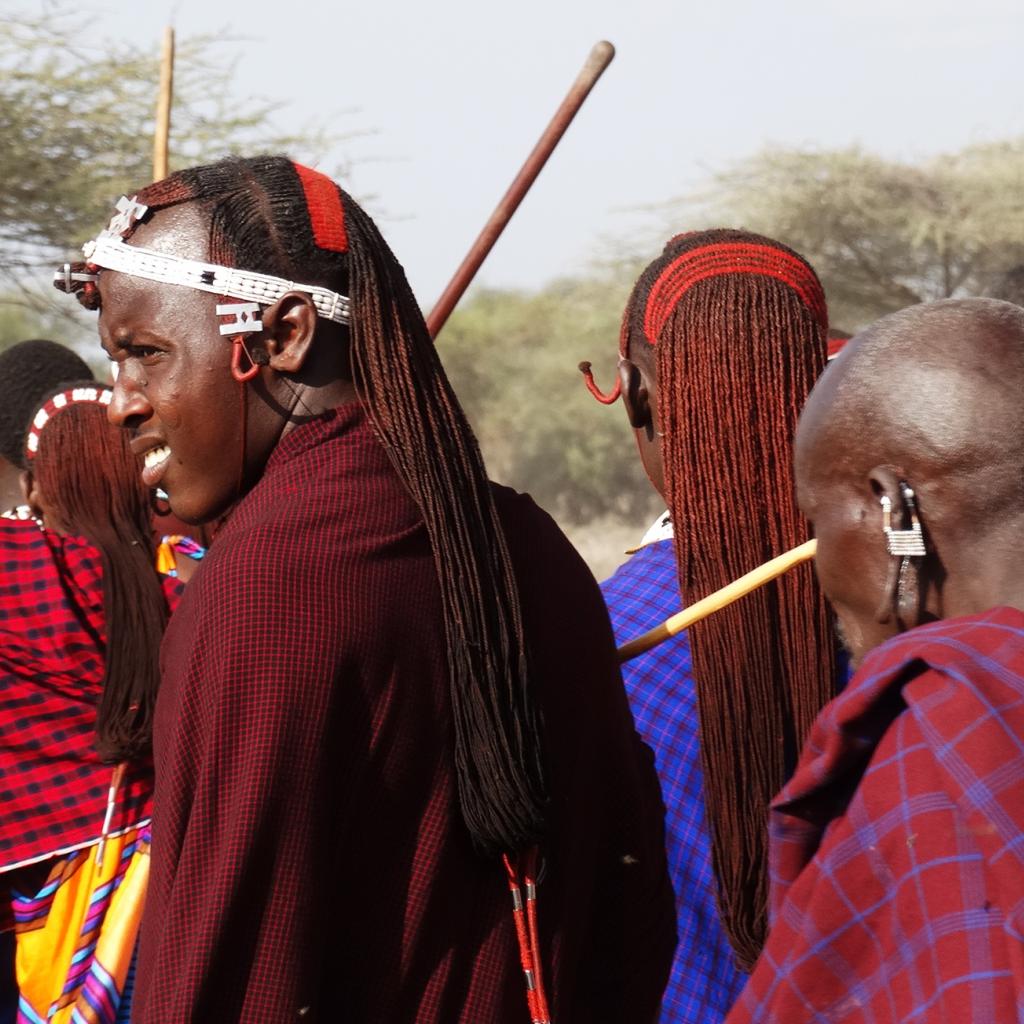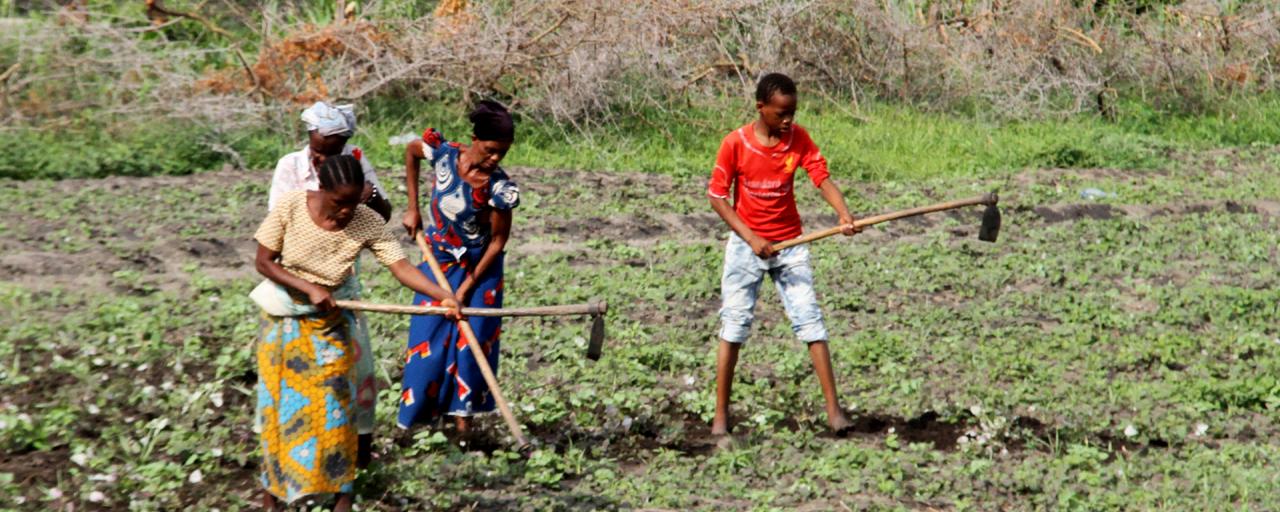
Tanzania on the road - Photo Credits: Romina Facchi
A day through the Mbugwe and Iraqw lands
Today we had planned a transfer from the Tarangire National Park to the Eyasi Lake; we decided not to follow the main road, that for more than half of the route would have been paved, we instead preferred to take a secondary road and cross the lands of two populations: the Iraqw, or Mbulu, and the Mbugwe.
Both of these populations occupy the lands between the Tarangire National Park, the Manyara Lake National Park, the Great Rift Valley escarpment and reach the Eyasi Lake.
Leaving the area of the Tarangire, you meet the first houses and villages of the populations, who exploit the land closed between the two national parks to raise their livestock and to cultivate.
The road, that runs parallel to the boundary of the Manyara Lake National Park, is the perfect stage to witness the daily life of the Mbugwe, marked by fishing activities, agriculture and the production of baskets and mats, obtained from the intertwining of vegetable fibres.
Along the way there are numerous laboratories that sell objects, made from the interweaving of fibers, by the Mbugwe women; in addition to products for everyday use, such as baskets of various sizes, they sell large circular and oval rugs that are bought by the few travelers who venture into these lands, both from lodges and tented camps to furnish rooms and tents. They are very beautiful products in bright colors.
The Mbugwe are a population living in a sort of linguistic isolation, the strain from which their language derives is completely different from that of the neighboring populations.
In addition to the spoken language, the Mbugwe are recognizable by their physical characteristics, especially by the large holes in the ear lobes and two deep facial markings.
After leaving the main road we turned right and followed a secondary road, that climbs steeply up the Rift Valley escarpment and, once reached the plateau, crosses the cultivated lands of the Iraqw, or Mbulu; in a landscape that partly reminds our mountains.
The dirt road welcomes us with the typical flickering, it is almost as if that noise and those vibrations were able to relax the body and the mind, the landscape is fantastic and, as you proceed, the road begins to rise more and more.
Climbing up the slope of the Great Rift Valley, glimpses open onto the plain below and the Manyara Lake glistening in the sunlight.
The Iraqw, or Mbulu, are a population of skilled peasants, they have made endless terracing to cultivate on the slopes, their technique of terracing and irrigation, combined with the equatorial climate of Tanzania, allows them to have from two to three crops per year.
The Iraqw are a population of Cushitic origin, their physical characteristics and their features are halfway between those of the Bantu populations and those of the Asian populations: the eyes are a bit elongated, the skin color is lighter and the features are less pronounced, for example they do not have pronounced nose and lips; much more similar to the Ethiopians than to the other Tanzanian populations in this region.
The Mbulu have arrived in this area of Tanzania after long migrations, going back to their origins it is believed that the last migration occurred from Northern Kenya and Ethiopia.
The territory of the Iraqw is well maintained, clean and tidy, along the way we meet the shepherds who accompany the grazing herds, the farmers who cultivate the fields or who sell their products, the children who return from school in their ordered uniforms and the women busy in a thousand things.
The villages scattered over the territory are made up of huts and more modern dwellings surrounded by the land that is cultivated, for the Mbulu the village is the unit at the base of their society and there is a rule of mutual aid among the villages.
The vegetation is lush, the abundance of rains makes the area green and fertile.
On the plateau in the past also settled the European colonizers, and as evidence of this, here is the largest Catholic church in all of Tanzania, that was built by the Germans, during the period when Tanzania was one of their colonies.
Although Christianity has been present in these areas for some time, the Mbulu continue to follow the ancient traditional religious beliefs, they also practice witchcraft; people dedicated to this art, take care of propitiating the rains and consequently abundant crops.
Our alternative route rejoins the main road near Karatu, a town that serves as a reference for supplies and fuel for the surrounding area.
From Karatu another dirt road goes down to the shores of the Eyasi Lake, here the scenery is completely different, from the lush vegetation encountered previously it passes to a more arid and dry land.
We are entering what once were lands dominated by the Datoga and the Hadzabe, today, because of the many farms that produce red onions, in this area have arrived numerous people, belonging to different ethnic groups, including the Iraqw.
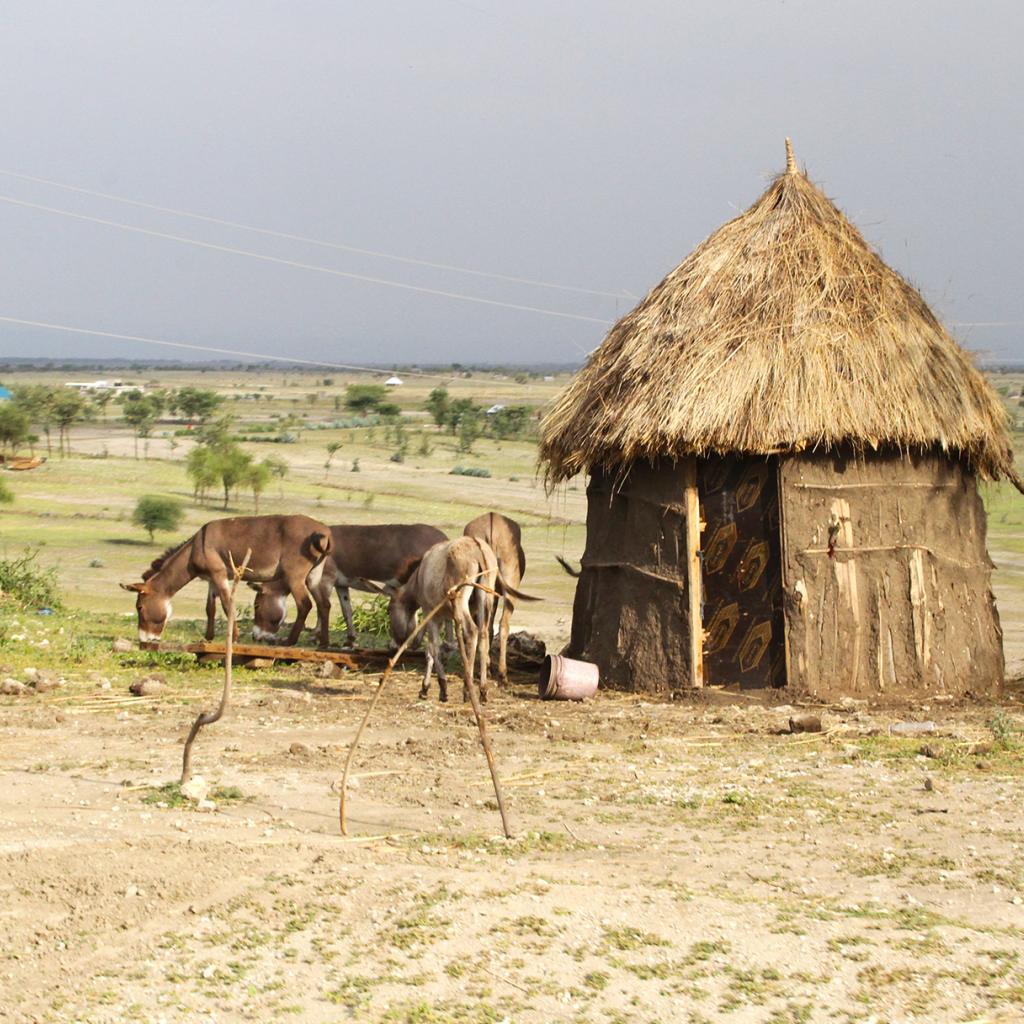
Tanzania on the road - Photo Credits: Romina Facchi


